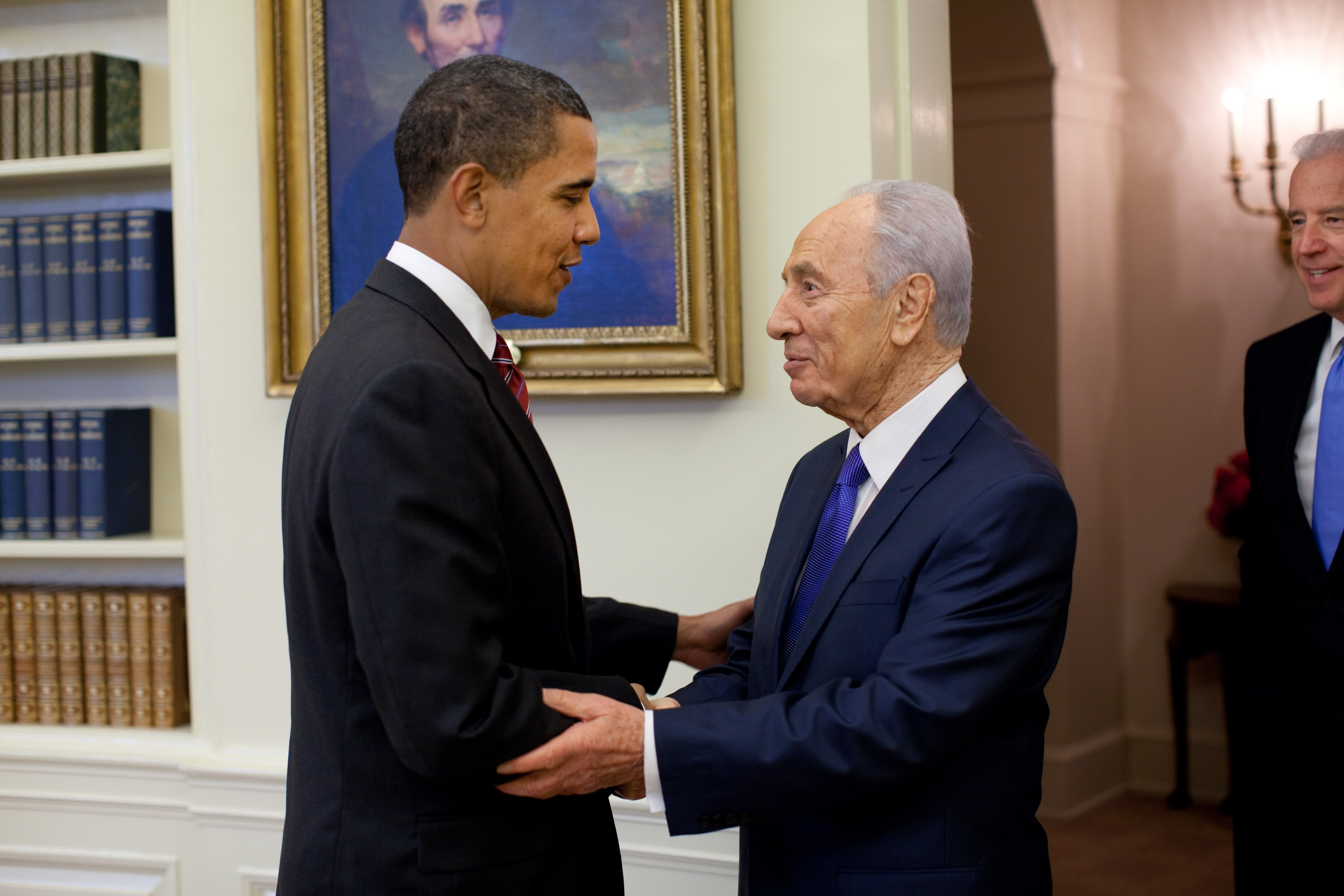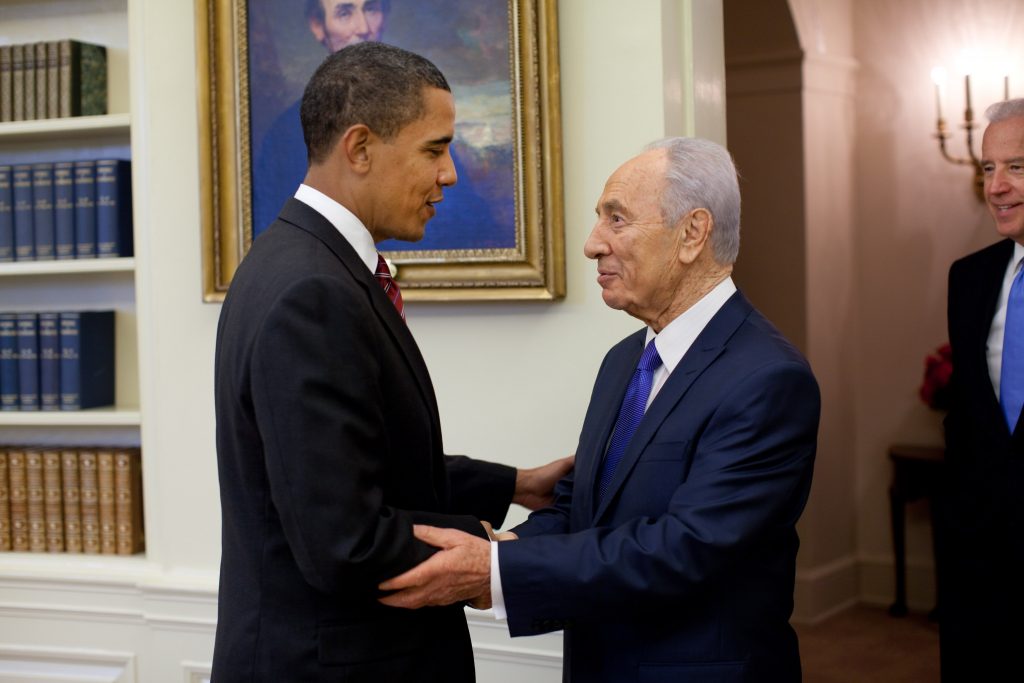
As U.S. President Barack Obama arrives in Israel for his first state visit, clearly Iran will dominate the agenda along with discussions over Syria, the Arab Spring and even the Palestinian issue (although Israeli settlements in occupied territories may be missing in action as too politically sensitive).
In last week’s interview for Israeli television, Obama concluded that Iran was at least a year removed from achieving a useable nuclear weapon. The intent was to dampen any enthusiasm for an attack this year on the part of newly re-elected Israeli Prime Minister Binyamin Netanyahu.
Meanwhile, the political process in Washington over competing budgets remains deadlocked. A continuing resolution to keep government functioning through the end of this fiscal year, Sept. 30, 2013, may pass this week. But the divide between Republicans and Democrats over how best to grow the economy and deal with the federal debt appears unbridgeable.
Obama has adopted the Dick Cheney economic view that deficits don’t count and that the nearly $17 trillion debt isn’t an imminent danger. Hence, in the Democratic view, more and not less spending is the key to growth. And more spending will require more taxes presumably on the so-called rich.
Republicans say the opposite. Growth comes from creating jobs and, critically, a vibrant, productive and growing economy. Debts and deficits are huge matters especially when interest rates rise, which at some point they must and debt service will bust an already unbalanced budget.
Regarding Iran and foreign policy and the domestic economy, what questions might be put to Obama and his administration that haven’t been asked and should be?
First, with respect to Iran, have we fully examined all the means for retarding or preventing enrichment of uranium to weapons standard short of a military strike?
We know that the majority of Iran’s centrifuges are obsolete and Tehran is in the process replacement. We also know that the weakest link of any centrifuge is magnetic bearings vital to achieving sufficient centrifugal force required for enrichment. We also know that these bearings frequently burn out especially in old machines. If Iran is getting its magnetic bearings from external sources, can they be halted?
Second, the president says all options are on the table including (presumably in the last resort) military action. If all options are on the table, do they include containment? If not, then all options are NOT on the table.
Third, based on the United States’ most recent uses of military force in Afghanistan and Iraq, is the president prepared to think the “unthinkable?” Obviously, surgical strikes that eliminate or at least delay Iran’s nuclear programs substantially would top the options list if force were to be used. And equally obvious would be Iran’s responses.
But suppose that such attacks that lasted days or a few weeks and targeted Iranian air defenses and naval forces as well as other possible military installations couldn’t guarantee success to an acceptable level of confidence? Would the president seek first a resolution from Congress for using force or a declaration of war? Indeed, would the president consider an invasion and occupation of Iran to guarantee that Tehran would never field nuclear weapons? And if an invasion were politically impossible, would the president contemplate using nuclear weapons as the best or only guarantor of ending Iran’s weapons ambitions?
Responses to these “unthinkable” questions won’t arise as none is likely to be asked. However, if we are really serious about preventing Iran from achieving a real nuclear weapons capability, no question should be off the table.
Turning to the economy, the two overriding, interrelated requirements are job creation and economic growth. With diametrically opposed philosophies and a political system deadlocked by divided government, one obvious question that hasn’t been addressed, must be asked and answered: Mr. President, why have you not embraced an infrastructure bank?
An infrastructure bank of about $1-2 trillion would be financed by the private sector with bond issues at 3 or 4 percentage points above prime; paid for by user fees or real estate taxes as property values increase; and guaranteed by the government. This bank would create millions of jobs; repair and modernize this infrastructure; and most of all, stimulate and grow the economy. And it can be created through the already existing Export-Import Bank.
Whether these questions will arise in the first place is doubtful. Hence, no answers will be forthcoming. But that doesn’t mean these questions shouldn’t be asked in the first place.
Harlan Ullman, an Atlantic Council senior advisor, is chairman of the Killowen Group. This column is syndicated by UPI.
Photo credit: Wikimedia
Image: Barack_Obama_welcomes_Shimon_Peres_in_the_Oval_Office.jpg
